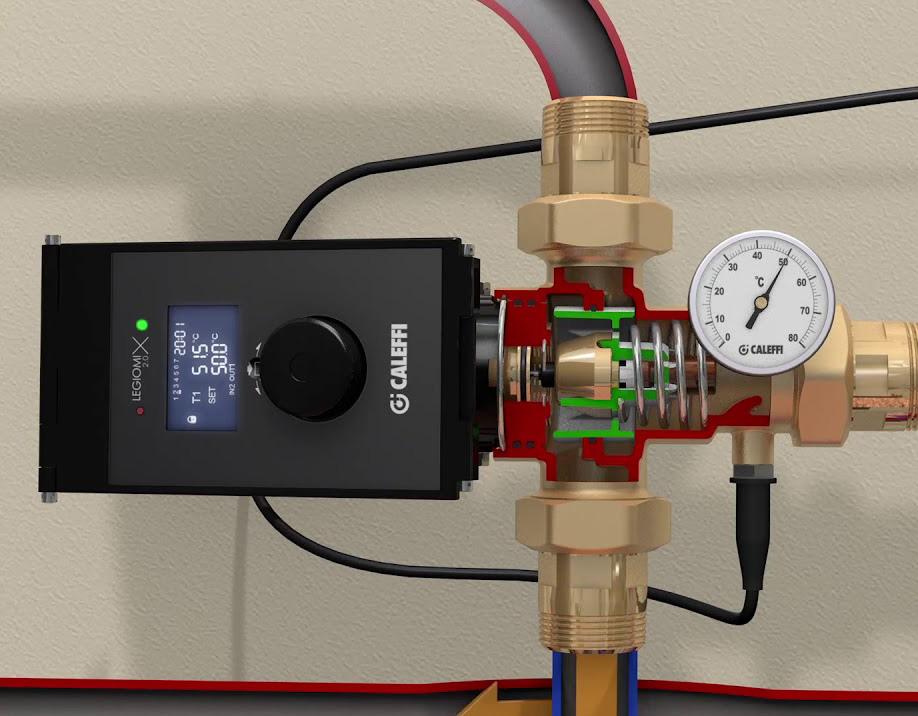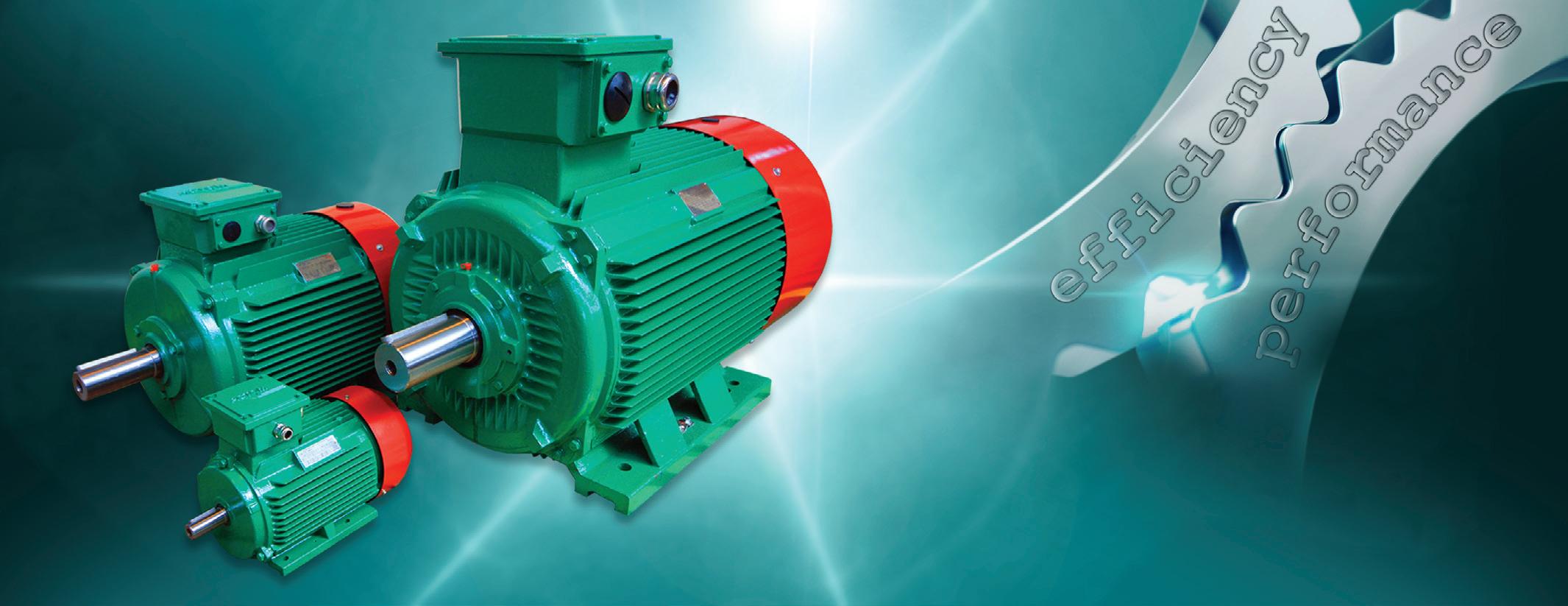
5 minute read
Does Legionella affect us in our daily lives?
Legionnaires’ disease is recognised worldwide as an important cause of both community- and hospital-acquired pneumonia. It is caused by Gram-negative bacilli of the Legionella genus.
The mortality rate in infected individuals ranges between 10 – 20%. It was named after a large outbreak in 1976 that occurred at a meeting of the American Legion, which affected 221 people, causing 34 deaths. Legionella bacteria are common and can be found naturally in environmental water sources, including rivers, lakes, natural pools, and moist soil. Water temperatures in the range of 20°C to 50°C favour the growth of the organism. Legionella pneumonia serogroup 1 is the most important species of Legionella that causes disease in humans, although other species can occasionally cause disease. Legionella spp. may also cause Pontiac fever, a mild, self-limiting flu-like illness.
Advertisement
Who can get Legionnaires’ disease?
All persons can develop Legionnaire’s disease. However, the risk is higher in persons over the age of 50 years. Male gender, persons with immunodeficiency syndromes or chronic underlying medical conditions of the lung, heart or liver and smokers are also at increased risk.
Where does Legionnaires’ disease occur in South Africa?
Legionnaires’ disease Legionnaire’s disease may manifest as sporadic cases, small clusters, or outbreaks of disease that can involve hundreds of cases. It is also an important cause of travel-related illness, and may be acquired on cruise ships, in hotels and resorts. In South Africa, both sporadic cases and outbreaks of Legionnaires’ disease have been described. Serological testing identified that approximately 8% of community-acquired pneumonia are caused by Legionella species. Prospective surveillance identified 21/1805 (1.2%) cases of legionellosis amongst persons with severe respiratory illness However, due to difficulties in diagnosis and lack of awareness of the disease, very few cases are diagnosed in SA at present. It is very likely that sporadic cases, clusters and even outbreaks occur and are missed.
How is Legionnaire’s disease transmitted?
Persons become infected by breathing in water droplets containing the Legionella bacteria. Water droplets are generated by spraying or bubbling air through water in which the bacteria are present. Human-to-human transmission of Legionella has never been documented. The incubation period for Legionnaires’ disease is 2 – 10 days. Wherever water droplets can be created there is a risk of infection, including: • Hot and cold-water systems (e.g., showers and taps) • Cooling towers and evaporative condensers of air conditioners • Spa baths (Jacuzzis) and whirlpool baths and natural pools or thermal springs • Turkish baths and saunas • Ornamental fountains (particularly indoors) and sprinklers • Humidified food display cabinets • Respiratory therapy equipment
How can Legionnaires’ disease be prevented?
The proper design, maintenance and temperature of potable water systems are the most important method for preventing the amplification of Legionella. Hot water should be maintained above 60˚C and delivered to taps at temperatures above 50˚C. Coldwater should be maintained below 20˚C. Plumbing systems should be flushed regularly, and low flow areas eliminated. There are currently no vaccines to prevent Legionnaire’s disease. As can be seen from the above information we are all at risk. Especially when summer is coming, and restaurants are once again starting to use those misting systems that have been lying dormant and sitting in the sun giving it plenty of time to breed those lovely and willing Legionella bacteria. Most sports/gym facilities also use circulating blended hot water kept at a constant 38-42℃. This temperature range is a good safe temperature to prevent scolding of any user but, it is also the ideal breeding temperature for any Legionella spores present in the circulatory system. Any instance that uses a circulatory blended water supply should do regular maintenance. This would include decommissioning the system and raising the temperature

to above 60℃ for half an hour. But as South Africans we do not schedule maintenance as a rule so how can we make sure that we do not get infected? We need to design these systems in such a way that the cleaning cycle is done automatically without human intervention. One such method is to use an automated cleansing system like the LEGIOMIX that is supplied by Calafrica. The electronic hybrid mixing valve combines the typical function of the mechanical thermostatic mixing valve and the management efficiency of an electronic mixing valve in a single device. The thermostatic mixing valve uses the mechanical action performed by the internal control thermostatic element, which responded promptly to any variation in temperature, pressure, and inlet flow rate to quickly restore the mixed water temperature value at the outlet. This standard mixing valve is effectively handled by a motorised actuator that, upon the signal coming from the temperature probes and under the control of a specific regulator, changes the mixed water temperature set position. The electronic regulator, directly on the actuator, allows the mixed water temperature control according to different functional programs, both for normal control and for the thermal disinfection for the prevention of Legionella. An optional memory system allows recording of every minute of flow temperature, return temperature, alarm, and functional statuses, useful for monitoring the operating status of the entire system. Appropriate relays are used to manage the alarms and external appliances, for example for loading accumulation hot water and the switching on/off recirculation pumps. The regulator is fitted for remote control with specific transmission protocols such as MODBUS, through the optional board, for use in Building Management Systems (BMS). So, in a nutshell, we need to join the 4th Industrial Revolution and start using current-day technology available to us so that we can ensure our own and others safety.
Calafrica, +27 (0) 11 795 1519, technical@calafrica.co.za, www.calafrica.co.za
EFFICIENCY meets PERFORMANCE

• Low Voltage TEFC frame Electric Motors to IEC60034 • Ratings from 0,37kW up to 680kW at 400V, 525V and 1000V • Premium Efficiency to IEC 60034-30 (IE3) • IP66 & Class H Insulation










